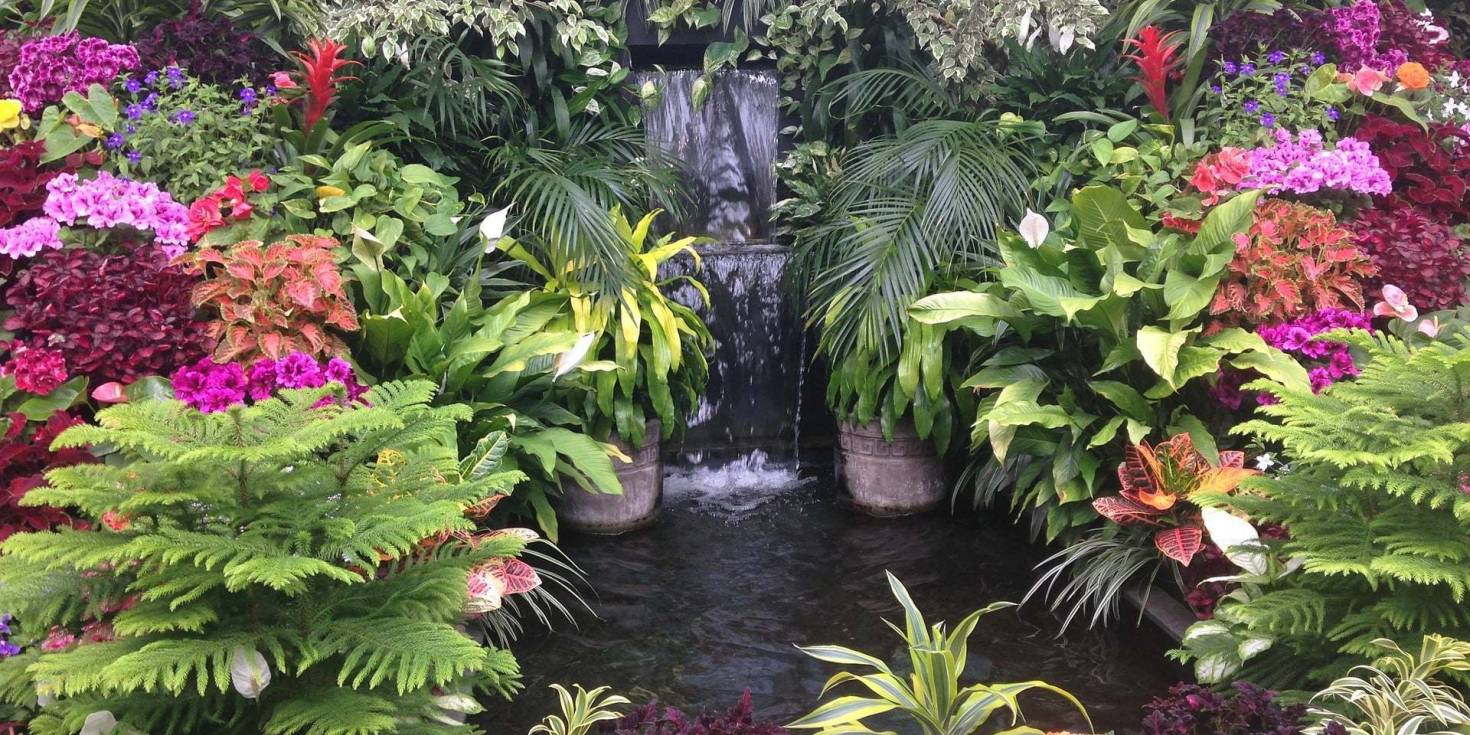Everywhere you look, especially when you’re close to large cities, you see developments. Whether it’s housing, offices, malls, hospitals, industrial facilities, or other types, growth in the U.S. and the world is taking place at a rapid pace. The truth is though, for the most part, the land that supports these developments used to be home to a variety of wildlife. As more and more land for sale is developed we risk fewer habitats and diversity for wildlife.
Nature is not a place to visit. It is home.Gary Syder
People nowadays are often complaining about wild animals such as bears and coyotes invading their yards. Unfortunately, many of these animals have no other place to go since they no longer have their homes in the wilderness. In addition, it’s common for homeowners to use harmful garden chemicals that not only kill parasites, but eliminate honey bees, butterflies, and other pollinators at the same time. Since you can bet on the fact that property development won’t be slowing down anytime soon, what can you do to help wildlife diversity and support current ecosystems?
One solution is naturescaping.
What is naturescaping?
Most people are familiar with the term landscaping, whether you actually do much of it or not. Far fewer know much about naturescaping, which is essentially a different approach to landscaping. Even though naturescaping may be a relatively new term, the underlying principle is far from new and has been practiced for a long time.
Naturescaping is a method of landscape design that mimics nature, making the environment healthy and welcoming for wildlife, along with people and their pets. Much of the landscaping that’s done, whether people are aware of it or not, is actually working against nature and the indigenous life that would normally exist there. To take a naturescape approach would be to create an atmosphere that would foster the ecosystem and wildlife in the area, instead of doing the opposite. The goal is to produce balance in the ecological imbalance that’s happened as a result of development. It’s ultimately to live in harmony with nature.
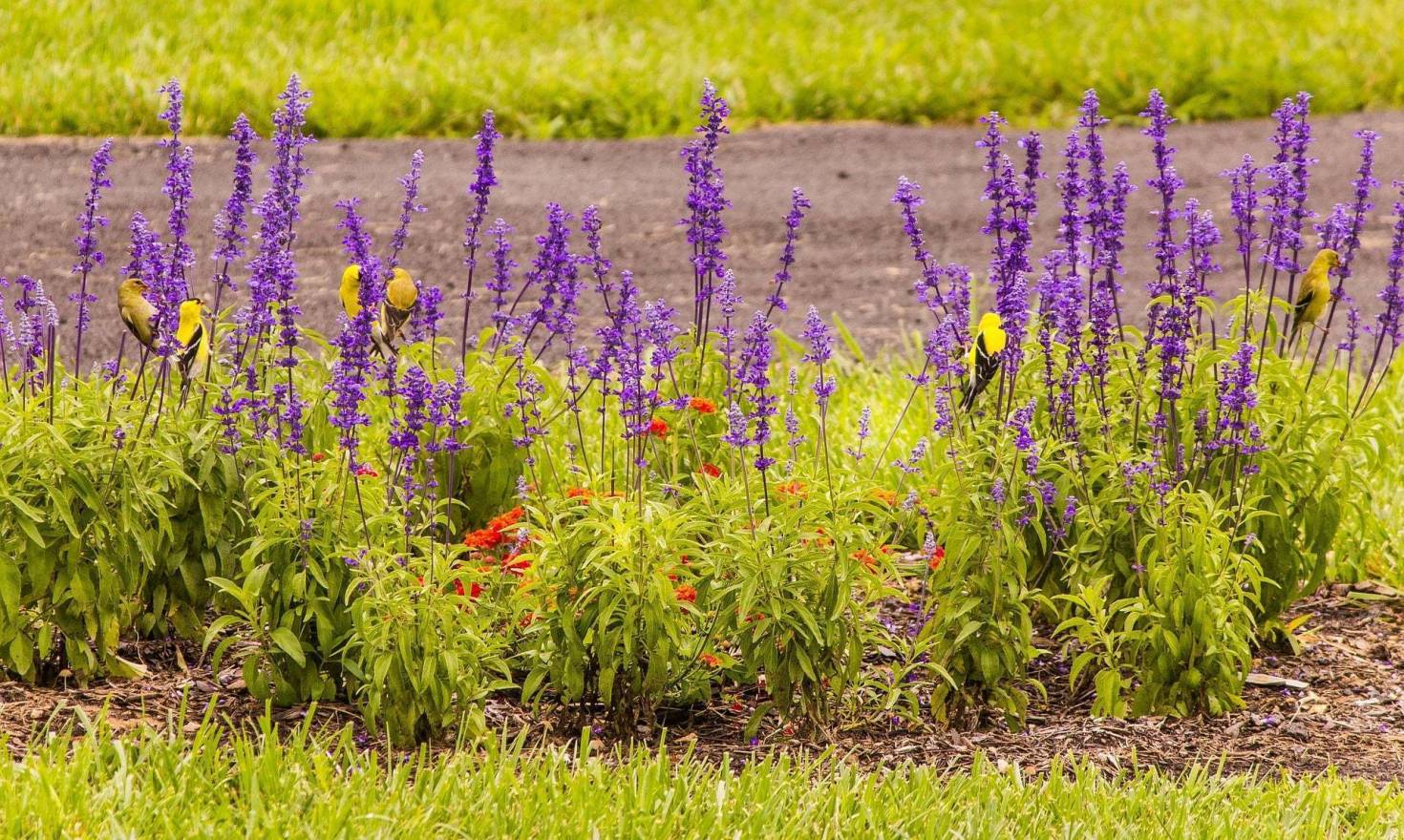
Wildlife is welcome here.
Naturescaping basics
One of the keywords when it comes to naturescaping is native. The idea is to work with the natural character of the land using mostly native plants, instead of relocating species that you would normally never find in the region. When you stop and think about it, this approach makes a lot of sense. Native plants are adapted to the local conditions whether it’s the soil type or weather patterns. In many cases, the reason the native plants are native is because they aren’t bothered by pests and diseases that a foreign species may be susceptible to.
The basic premise is to let nature occur. The greatest landscapes, for the most part, are natural and seem to be doing just fine without us. In naturescaping you create what would be there if it hadn’t ever been developed and things will fall into place as they should. The increase in wildlife diversification will allow natural predation and selection to occur causing the ecosystem to thrive.
Getting started
Research
Naturescaping can actually end up being much simpler than other types of landscaping. The first (and possibly most important) step is to do the appropriate research. Not only do you need to get to know your land, but you need to get to know the landscape in the region. Is the area dry or wet? In other words, how much rainfall do you get on average? What type of soil is prevalent in the area? How well does your land drain? On your property specifically, is there a lot of shade or is it naturally sunny?

Design
After you determine the answers to these critical questions, you can start designing your naturescape. Use the information you discovered in your research to help in creating your design. Answer questions such as what kind of layout will adhere to the wildlife and microhabitats that will be living here? And don’t forget about you. You have to live in the middle of the landscape you create every day. What kind of features and views would you like to see? Are there areas you want to make sure remain open and parts that would be better obscured? So the goal is to come up with a design that works well for you and the ecosystem. Although choosing the plants is the next step, it may be worthwhile to go ahead and consider this while planning your design.
Plant selection
One of the main reasons for the research in the first step is to determine which plants are native and will allow biodiversity to thrive. Since you already have an educated idea of what trees, shrubs, and other plants will make sense in your naturescape, start with the largest and end with the smallest.
Trees will take up the most room and dictate much of what else can happen, so it’s logical to start with them. This is assuming you're going to use trees at all, which is certainly not a requirement. What type of trees are suitable for the habitat and will these type of trees fit in the area? After you figure this out, which type of trees that meet that criteria would you prefer?
Next, decide which shrubs and herbaceous plants will accommodate the ecosystem using the research you did earlier and also research about the behavior of the plants. What are the soil conditions? Have you performed a perc test? Do you want evergreens? Do you want to attract any certain species of wildlife like butterflies or dragonflies that like to eat mosquitoes? How aggressive are the plant species you’re considering? What size, shape, texture and color plants do you desire?

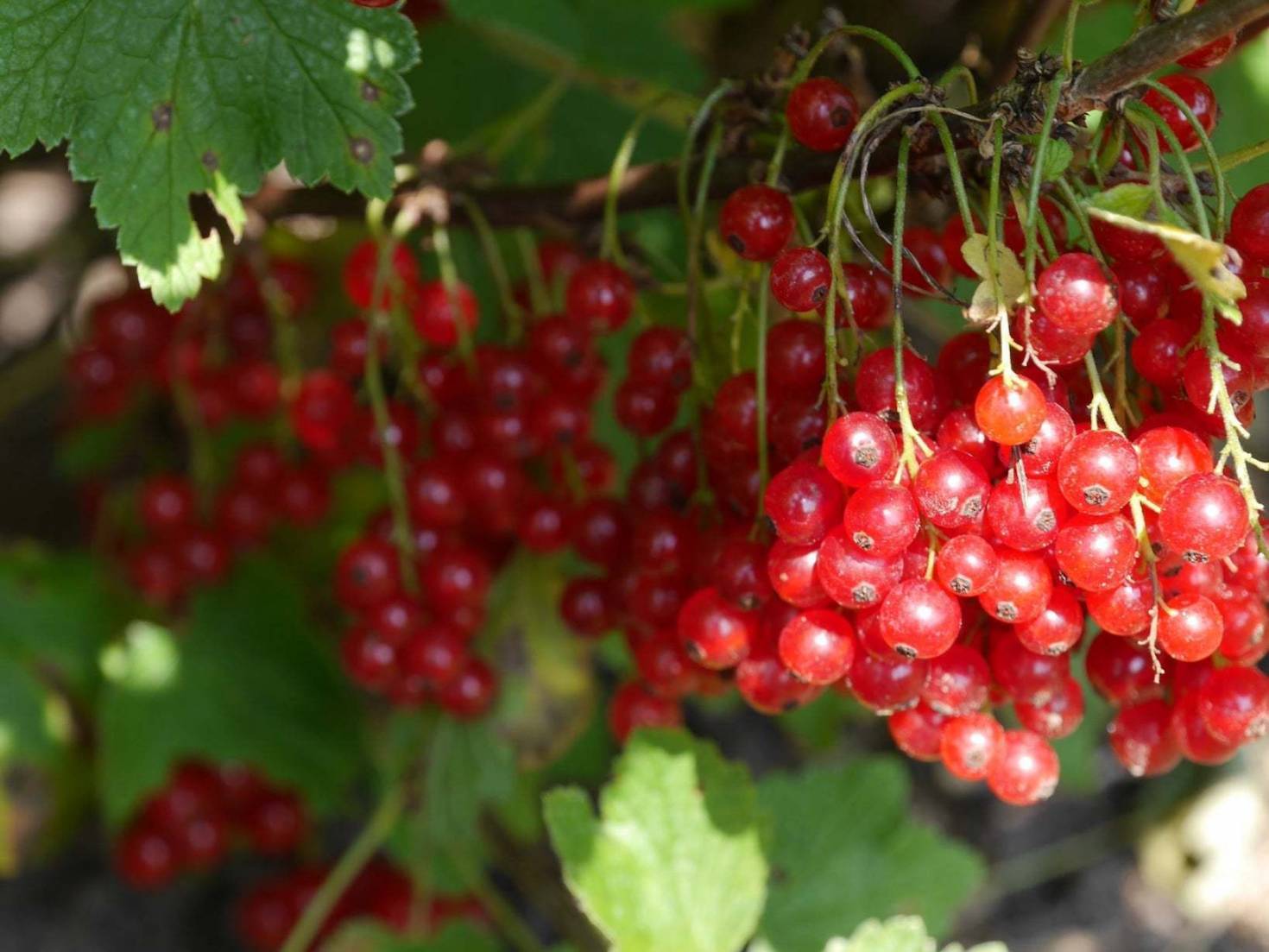
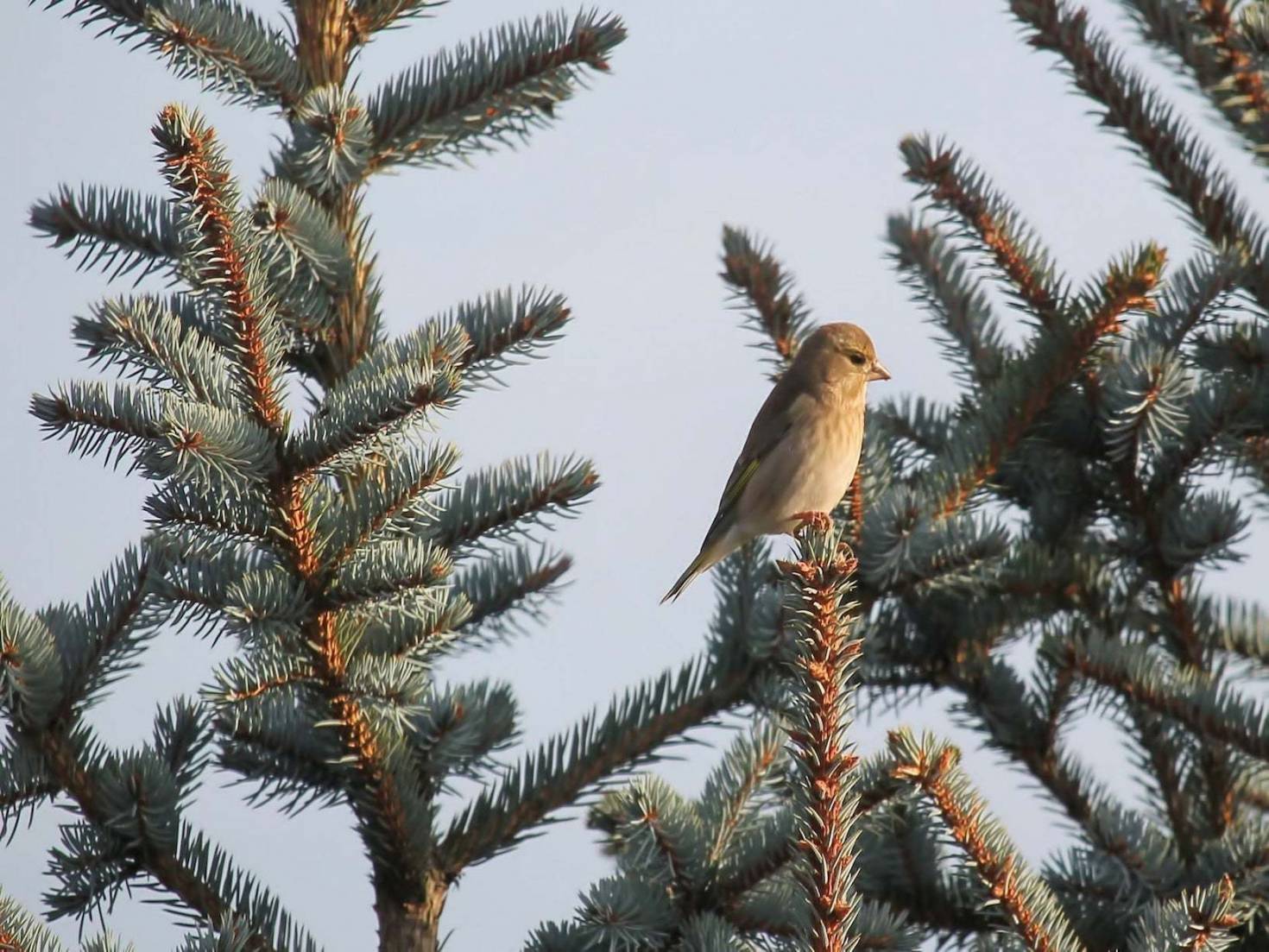
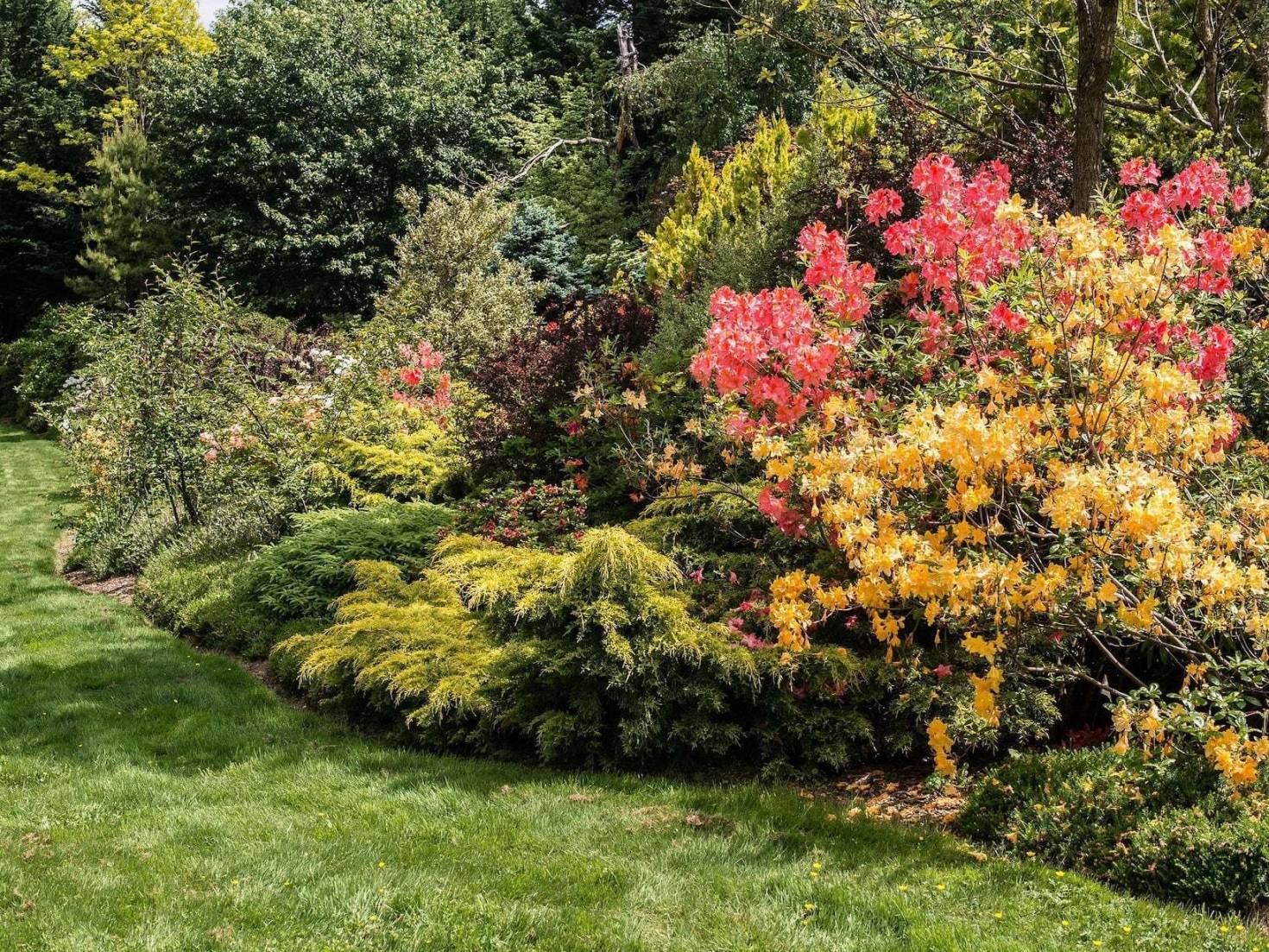
Keep in mind, the idea is to imitate nature the best you can. Local native plant nurseries can be helpful when choosing your plants.
Site preparation
Based on your design and plant selection it’s time to turn your ideas into reality. One of the most important steps and determinants of success in any project is preparation. Again, what kind of condition is the soil in? Composting is a great way to provide healthy all-natural nutrients to your soil. Are there any foreign plant or animal species that need to be removed? Get the site in great shape so you’ll be ready to plant.
Planting
Once your land is well prepared, you can begin planting your trees, shrubs, and plants. Keep in mind it’s wise to do a little more research here. Is there a better time of the year to plant the particular species? How deep do the holes for each plant need to be dug? What should the spacing between plants look like taking the root behavior into account?
The best time to plant is during a plant’s dormant season. In the U.S., this will typically be late fall through early spring. Fall is traditionally the best time to plant trees and large shrubs. If you plant during these seasons, less maintenance will be required. Common sense says if you choose to plant during the heat of summer you’ll need to do more watering or provide other types of support.
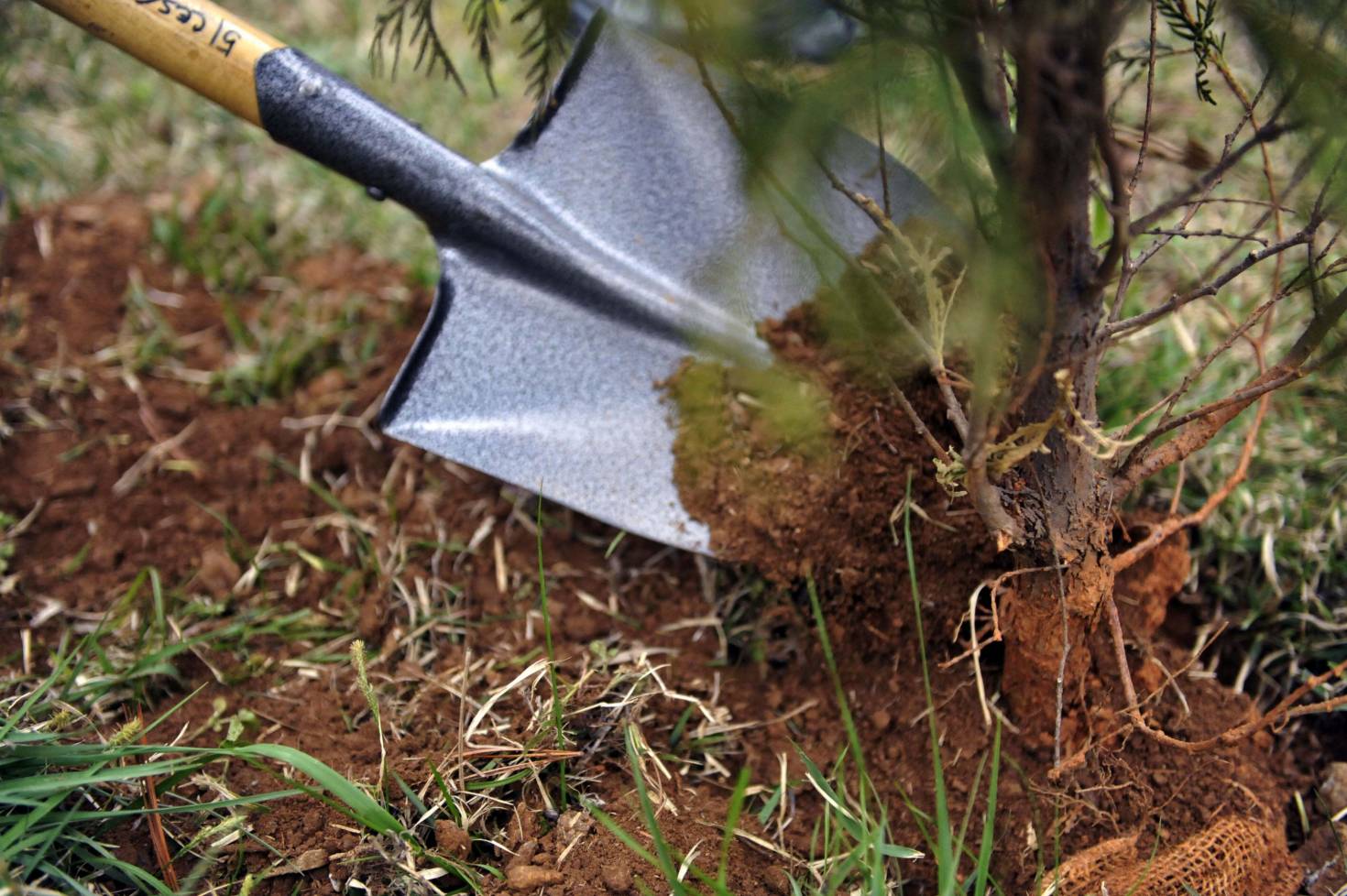
Maintenance
Since you’re emulating what happens inherently in nature, the bulk of the maintenance is done towards the beginning of your naturescape. After you get it going, you can sit back and watch it thrive naturally. The maintenance looks like it would in most gardens. Create an environment where your plants can survive, grow, and eventually thrive by pulling invasive weeds and watering.
Benefits of naturescaping
- Creates a healthier environment for plants, animals, and people
- Provides natural pest control
- Saves time and money because eventually it takes care of itself
- Improves the air quality
- Provides ideal sanctuaries for plants and animals
- Low maintenance
- Conserves water as opposed to installing an irrigation system
- Increases wildlife diversity
- Improves water quality from less chemical use
- Increases the plants survival rate because they can handle the conditions
- Provides food for wildlife
- Produces a calm atmosphere
Examples and resources
- Garden Love provides great examples of features that create water, food, shelter, and space.
- The Washington Department of Fish and Wildlife created a Backyard Wildlife Sanctuary Program and offers tips on landscape designs for wildlife.
- The National Wildlife Federation offers a variety of items and resources on how to garden for wildlife.
- The Permaculture Institute offers training, education, and retreats on how to implement ecological designs.
- The Naturescaping Workbook written by Beth O’Donnell Young is a step-by-step guide for bringing nature to your backyard.
- The Minnesota Department of Natural Resources has a great source of information on avoiding and/or mitigating conflicts with different animals.
- The Humane Society encourages people to take wildlife into consideration when improving their property in their Humane Backyard Program.
- The Audubon Society provides a native plants database to explore the ideal plants to bring certain wildlife into your backyard.
- The National Wildlife Federation also provides a native plant finder where you can discover the best native plants for your area based on scientific research by Dr. Douglas Tallamy.
One of the most valuable aspects of naturescaping as a solution is anybody can practice it. It doesn’t require a large amount of money or an extensive team to make it happen. One person can decide it’s a good idea, implement it, and make a difference.
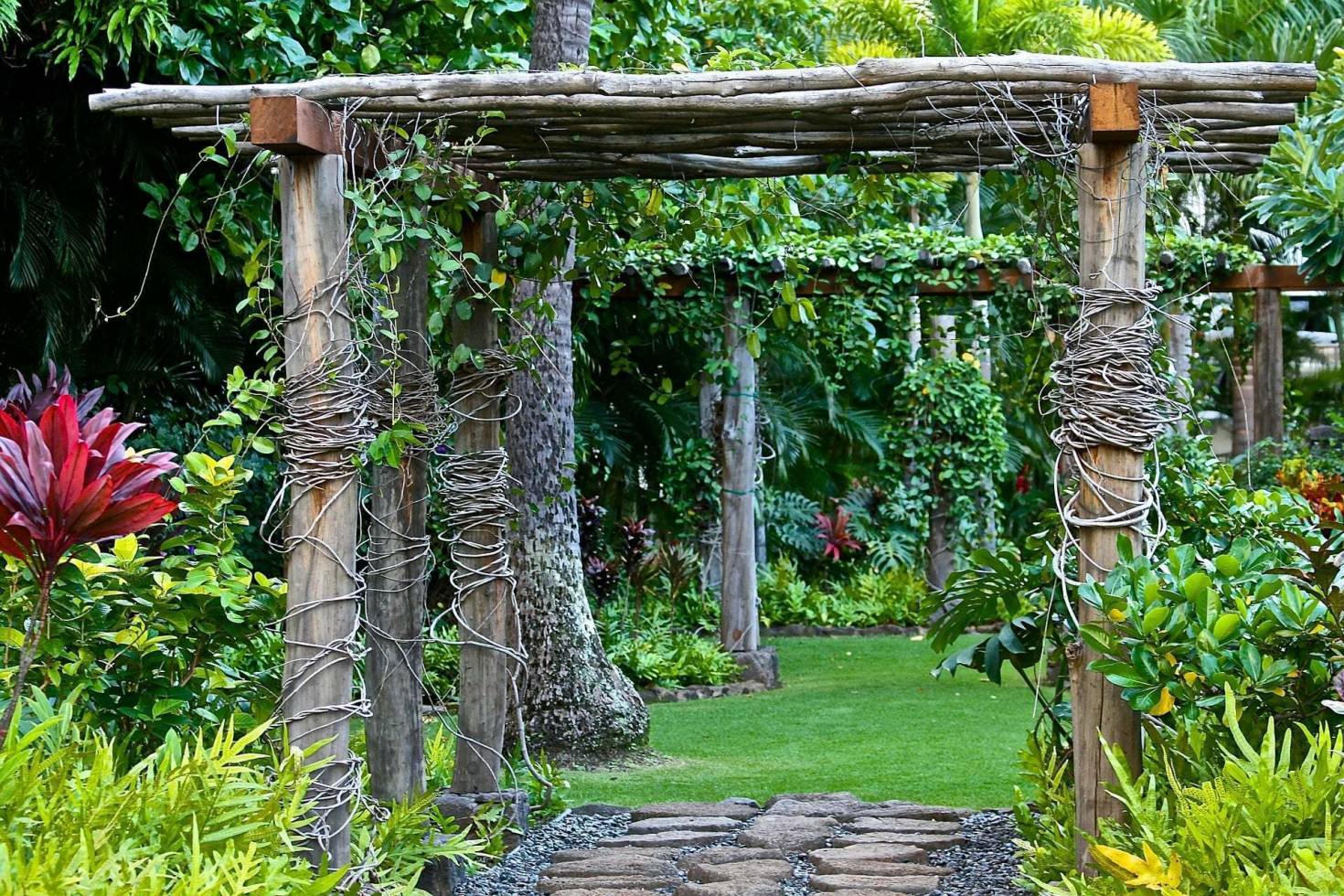
Our ancestors depended on native plants for survival. They provided medicine, food, shelter, and other important necessities. In addition to this, many people felt nature was a natural resource to connect them spiritually, and a lot of people still feel this way today. Land is ultimately the source of everything we have and everything we need and deserves to be respected.
The earth has music for those who listen.William Shakespeare
It's worth noting some people choose to live off grid where the land is already naturally naturescaped for you. To learn more take a look at our article with insight on living off the grid.
A lot of the focus has been on the environment and how it’s affected, but a research study from scientists at Cornell University shows spending time outdoors with nature improves your attitude and leads to a more positive mental outlook. What better way to apply the principle of what they found than to create a natural wonderland in your backyard? Take a look at our residential land for sale to find the land you need to get started naturescaping today.

